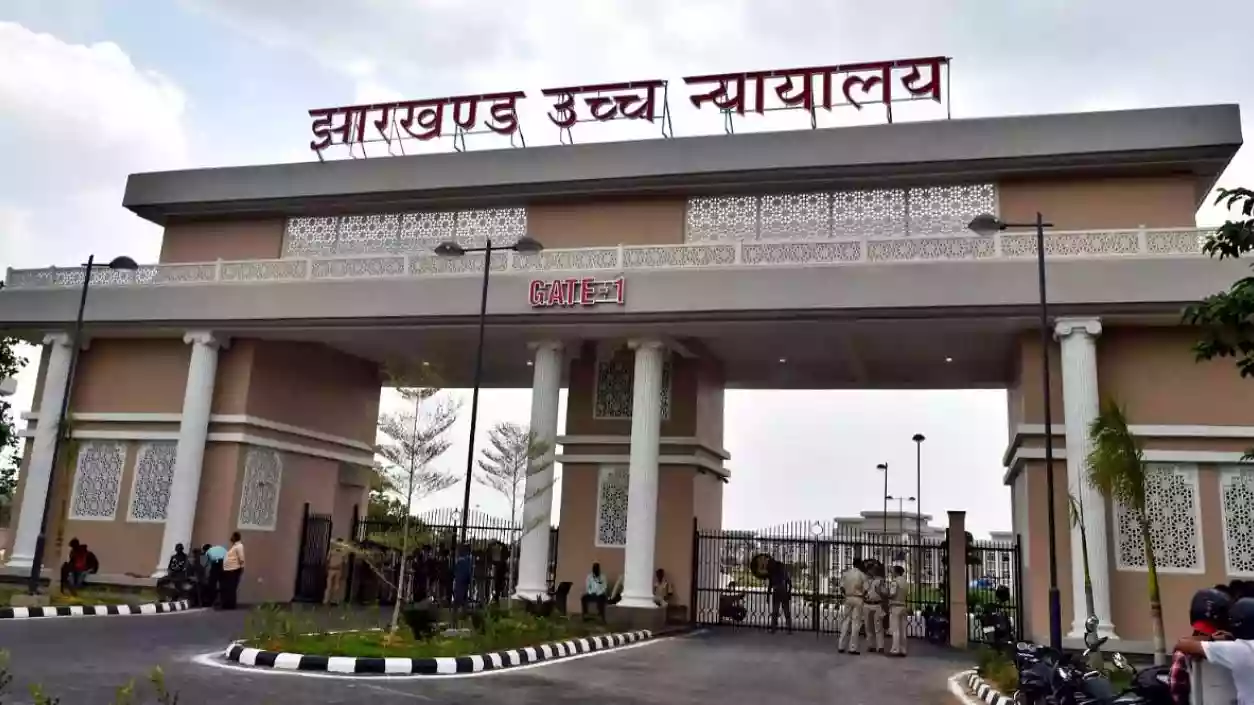CPI(M) leader beaten on road in Kharagpur for protesting wall demolition, shirt torn
.gif)
.gif)

The Ministry of Home Affairs (MHA) has officially stated that it does not maintain any central-level data regarding the infiltration of Bangladeshi nationals into India. This response came after an RTI query was filed by Siraj Dutta, a member of the Jharkhand Janadhikar Mahasabha, who sought information on the number of illegal Bangladeshi immigrants residing across Indian states, along with any details of cases relating to “Love Jihad” and “Land Jihad” involving Bangladeshi infiltrators, as well as the steps taken by authorities to address these concerns. The MHA clarified that data on illegal infiltration is not collected at the national level, but may be available with state governments or the Bureau of Immigration, which manages border-related data.
The issue of Bangladeshi infiltration has become particularly controversial in Jharkhand, especially in the Santhal Pargana region. Though Jharkhand does not share a border with Bangladesh, the state has been at the center of debates surrounding illegal immigration. Allegations of infiltration in this region have led to legal actions, with the Jharkhand High Court earlier directing the state government to form a fact-finding committee to investigate these claims. However, following objections raised by the Jharkhand government regarding the committee’s formation, the matter is now under review by the Supreme Court.
Kapil Sibal, the senior advocate representing the Jharkhand government, argued that the allegations of infiltration in the state were politically motivated and baseless. He emphasized that creating a fact-finding committee would infringe upon the state's autonomy and its ability to handle the issue within the existing legal framework. The state government has denied any significant infiltration by Bangladeshi nationals, though reports from district authorities have been inconsistent. In some instances, reports have claimed that infiltrators were identified, only for these claims to be denied by the district administration, leading to confusion and delays in addressing the issue.
The controversy over Bangladeshi infiltration in Jharkhand gained further momentum with the filing of a Public Interest Litigation (PIL) in September 2024 by Daniel Danish. The PIL sought a thorough investigation into the matter, especially focusing on the Santhal Pargana region. In response, district officials submitted reports denying any substantial infiltration, stating that there was no evidence of illegal immigration. However, the Jharkhand High Court expressed dissatisfaction with these reports, citing discrepancies. One such instance involved a report from Sahibganj, where four alleged Bangladeshi infiltrators were identified, but this claim was later denied by the Deputy Commissioner. Despite these inconsistencies, the court’s primary objective remains to establish the truth regarding the extent of infiltration and take appropriate action.
Demographic changes in the Santhal Pargana region have been a key aspect of the debate. According to the 2011 Census, the tribal population in the region dropped from 42 percent to 28 percent, while the Muslim population saw a significant increase. In districts like Pakur and Sahibganj, the Muslim population rose by about 35 percent between 2001 and 2011. In Santhal Pargana as a whole, the Muslim population grew by 13 percent. These demographic shifts have fueled concerns over migration patterns, with some questioning whether they are linked to illegal immigration from Bangladesh, although no direct evidence has been presented to confirm this.
As the legal process continues, the Jharkhand High Court has been pushing for concrete steps to determine the extent of Bangladeshi infiltration in the state. Solicitor General of India Tushar Mehta recently informed the court that a joint decision between the Home Secretary of India and the Chief Secretary of Jharkhand will be made regarding the formation of a high-powered committee to further investigate the matter. Additionally, the Central Government has suggested that the identification and deportation of Bangladeshi infiltrators could be facilitated through the National Register of Citizens (NRC). This proposal has intensified the debate surrounding illegal immigration and the potential use of the NRC to address the issue, though its implementation and effectiveness remain contentious.